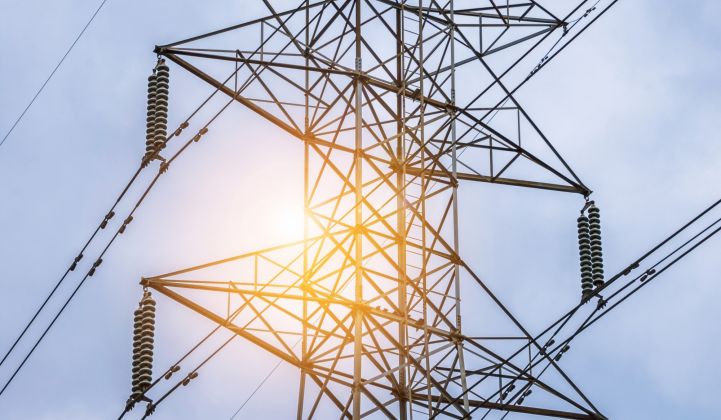Smart infrastructure development ultimately is good for business. As the U.S. renewable energy market continues growing and our energy system shifts to cleaner sources, the way clean power is transmitted to our communities must follow the same responsible siting as the energy projects themselves. Wilderness-quality lands, important wildlife habitat, and cultural resources areas are not appropriate for transmission lines and energy development. Thankfully, an ongoing process shows how we can build regional transmission projects crucial to a clean, reliable, affordable energy future without sacrificing environmental stewardship. Smart infrastructure development is good for business — it makes permitting more efficient and increases economic benefits by focusing construction where the least amount of conflict exists and projects are most likely to succeed. This realization has become apparent over the last few years with the re-evaluation of the federal West-wide Energy Corridors planning process for 6,000 miles of transmission and pipeline corridors spanning public lands in 11 Western states. The planning process identifies continuous strips of federal land across jurisdictional boundaries suitable for transmission and pipeline development. Robust stakeholder engagement minimizes environmental, cultural and other stakeholder conflicts.
Eventually, this will streamline federal siting, review and permitting processes for transmission developers, though there is no guarantee of similar success with private landowners crucial to completing many of the corridors. These corridor re-evaluations are a rare bright spot for infrastructure on public lands, quite in contrast to recent federal actions to encourage fossil fuel development and production. Initially designated by the Bureau of Land Management (BLM), U.S. Forest Service (USFS), and Department of Energy (DOE) in 2009 (henceforth referred to collectively as “the Agencies”), the corridors are currently undergoing expansive stakeholder engagement through this review. The Agencies’ efforts to improve corridors by gathering input from local communities, stakeholders, and energy and transmission developers are […]
Click here to view original web page at www.greentechmedia.com

